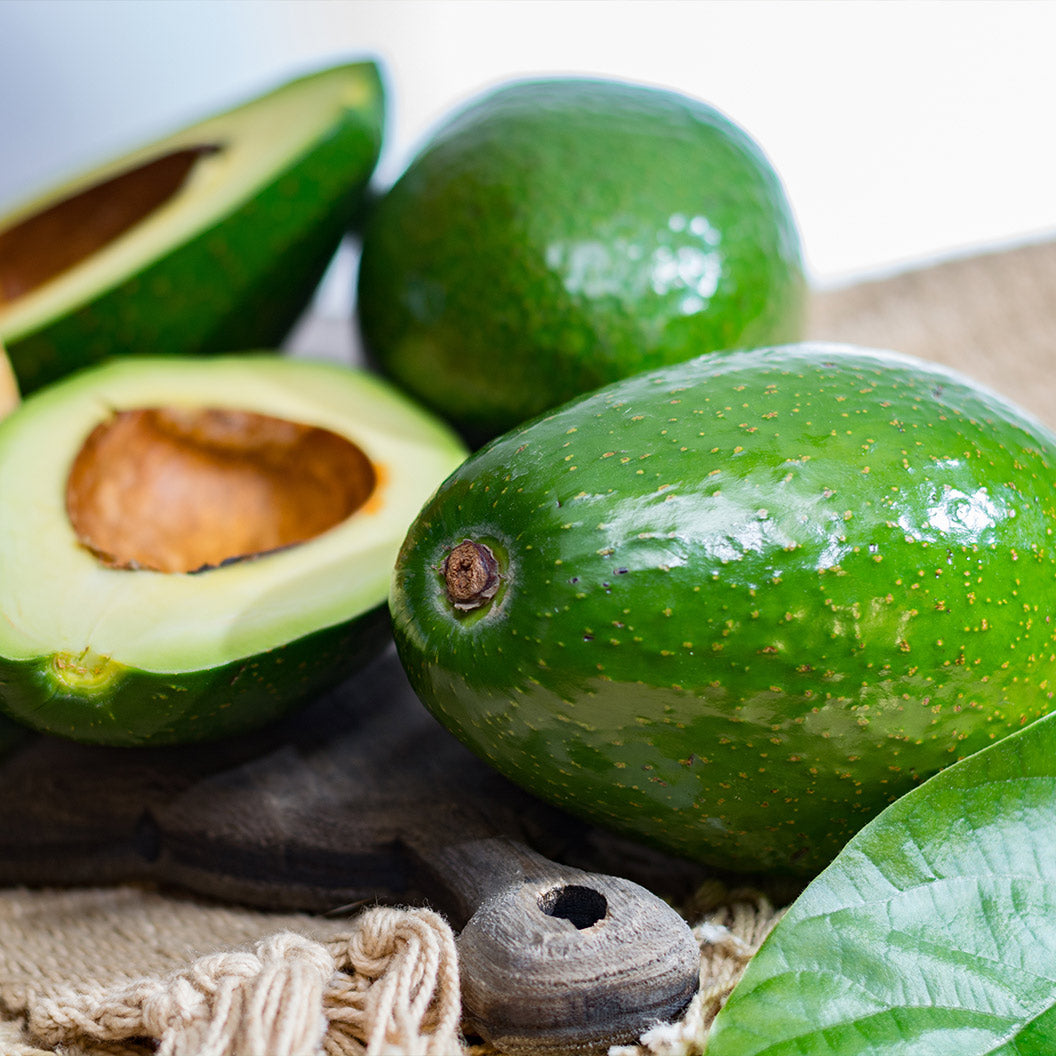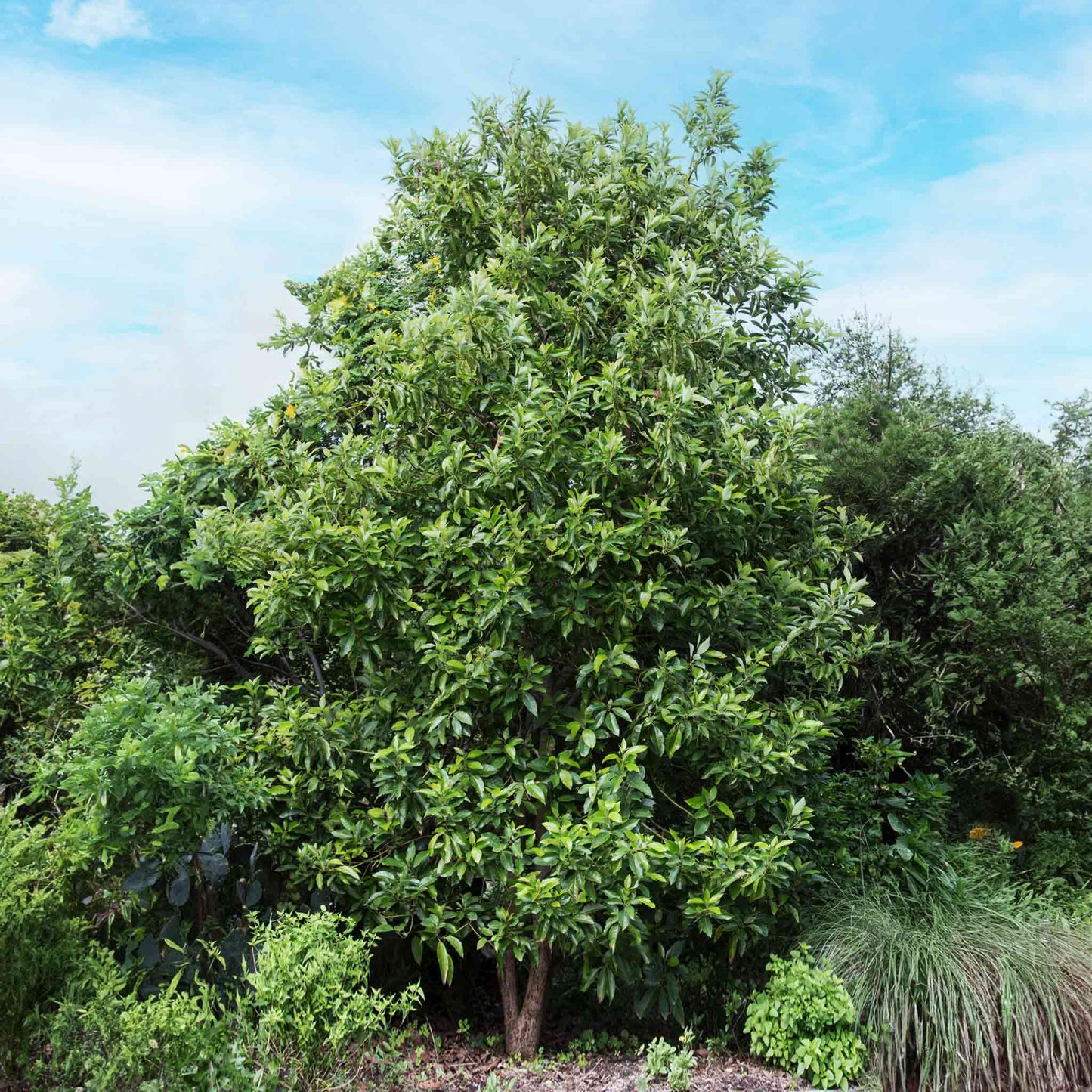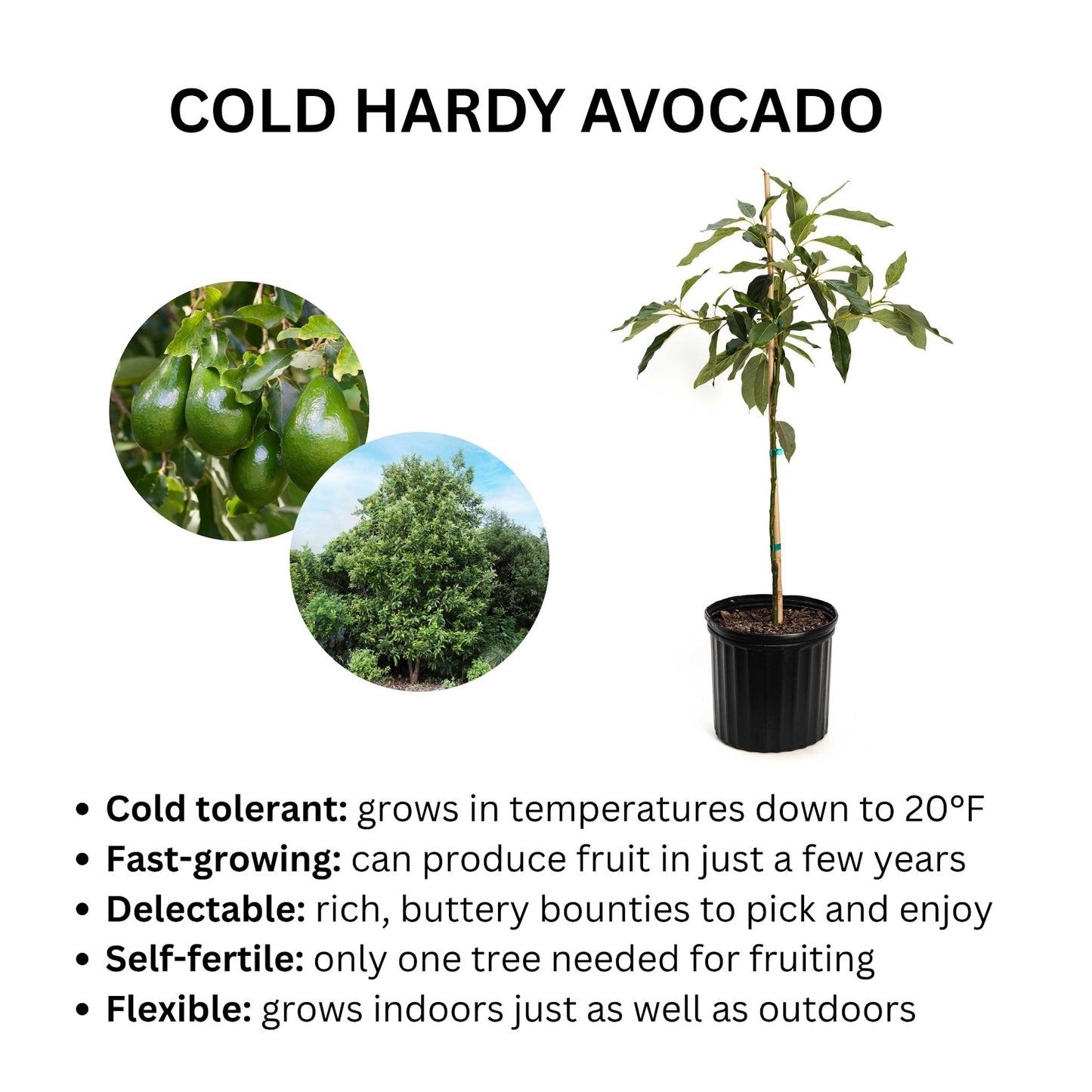Cold Hardy Avocado Tree
Cold Hardy Avocado Tree
SKU:EDB-AVO-COL-23-3G
Meet Your New Hardy Garden Companion: The Cold Hardy Avocado Tree!
Imagine stepping outside to a lush corner of greenery and plucking a creamy, home-grown avocado right from the branch. With the Cold Hardy Avocado Tree, that dream becomes a reality – even if you're a bit north of the tropics!
Why You'll Love This Tree:
- Chill Resistant: No need to fret when the mercury dips. This tree withstands temperatures down to 20 degrees Fahrenheit!
- Home-Grown Goodness: Enjoy the fruits of your labor with avocados from your own backyard – no grocery store required.
- Year-Round Green: Keep your garden vibrant with this evergreen's bold foliage, even when other plants take a winter nap.
Planting & Care Made Easy:
Don't have a green thumb? No worries! The Cold Hardy Avocado Tree is low-maintenance. Just find a sunny spot, give it occasional water, and watch it thrive. We'll provide a care guide to ensure your tree starts off on the right root.
A Touch of Playful Charm:
Not only is this tree a practical pick for fresh avocados, but it's also a conversation starter. Its unique resilience and bountiful harvest will make you the envy of the neighborhood – and maybe the source of a few friendly avocado donations!
Add to Cart and transform your garden into a year-round avocado paradise!






Product Details
-
Product Category
Edibles
-
Product Subcategory:
Avocados
-
Botanical Name:
Persea americana
-
Does Not Ship To:
AZ, OR
-
Mature Height:
8-10 ft.
-
Mature Width:
4-6 ft.
-
Growing Zone:
4-11 patio / 8-11 outdoors
-
Indoor Growing:
Indoors or Patio (non-freezing)
-
Sunlight:
Full-Part Sun
-
Growth Rate:
Fast
-
Harvest Time:
July-September
-
Bloom Time:
Late Winter to Early Spring

Planting Directions
<h2>Planting a Cold Hardy Avocado Tree</h2>
<p>Choose a sunny spot with well-draining soil. Dig a hole twice as wide and the same depth as the root ball. Place the tree in the hole, backfill with soil, and water deeply.</p>
<h2>Watering</h2>
<p>Water the tree regularly, allowing the soil to dry out slightly between waterings. Reduce frequency in winter.</p>
<h2>Fertilization</h2>
<p>Feed with a balanced fertilizer in early spring and late summer. Use a specialized avocado or citrus fertilizer if available.</p>
<h2>Pollination</h2>
<p>Avocado trees are self-fertile but benefit from cross-pollination. Consider planting a second tree for better fruit set.</p>
<h2>Pruning</h2>
<p>Prune in early spring to shape the tree and remove dead wood. Avoid heavy pruning as this can reduce fruit production.</p>
<h2>Protection from Cold</h2>
<p>Although cold hardy, protect the tree from frost. Cover with a frost cloth or blanket when temperatures drop below freezing.</p>
<h2>Harvesting</h2>
<p>Avocados are ready to harvest when they slightly change color and yield to gentle pressure. Harvest by cutting the fruit from the tree with pruning shears.</p>
<p>Monitor your tree's health and adjust care as needed. With proper care, your cold hardy avocado tree will thrive and produce fruit for years to come.</p>

FAQs
<h2>FAQs for the Cold Hardy Avocado Trees</h2>
<h3>1. How do I plant a Cold Hardy Avocado Tree?</h3>
<ol>
<li><strong>Choose the right spot:</strong> Select a location with well-draining soil and full to partial sunlight. Cold Hardy Avocado Trees prefer at least 6 hours of sunlight per day.</li>
<li><strong>Prepare the soil:</strong> Mix your native soil with compost or a well-balanced soil mix to ensure good drainage and fertility. A pH level of 6-6.5 is ideal for avocado trees.</li>
<li><strong>Dig the hole:</strong> The hole should be as deep as the root ball and twice as wide. This gives the roots room to spread out.</li>
<li><strong>Plant the tree:</strong> Remove the tree from its nursery pot, gently place it in the hole, and fill the hole with soil. Water thoroughly after planting to settle the soil around the roots.</li>
<li><strong>Mulch:</strong> Apply a 2-3 inch layer of mulch around the base of the tree to retain moisture and regulate soil temperature, keeping it away from the trunk to prevent rot.</li>
</ol>
<h3>2. How do I water my Cold Hardy Avocado Tree?</h3>
<p><strong>Watering needs vary</strong> based on soil type and weather conditions. Generally, young trees need watering 2-3 times a week, while established trees may need weekly watering or less, depending on rainfall. Water deeply to encourage deep root growth, allowing the soil to dry slightly between waterings.</p>
<h3>3. What is the best fertilizer for a Cold Hardy Avocado Tree?</h3>
<ul>
<li><strong>Young trees:</strong> Use a balanced fertilizer (e.g., 10-10-10 NPK) lightly applied once a month during the growing season.</li>
<li><strong>Mature trees:</strong> Apply a slow-release, nitrogen-rich fertilizer in the early spring and late summer. Adjust based on the tree's growth and fruit production, observing for signs of nutrient deficiency or excess.</li>
</ul>
<h3>4. How do I ensure good pollination for my Cold Hardy Avocado Tree?</h3>
<p><strong>Encourage pollinators</strong> by planting flowering plants nearby. Cold Hardy Avocado Trees are self-fertile but benefit from cross-pollination with another avocado variety for increased fruit set. If you have space, consider planting a second tree of a different variety close by.</p>
<h3>5. When and how do I harvest avocados from my Cold Hardy Avocado Tree?</h3>
<ul>
<li><strong>Timing:</strong> Harvest typically occurs when fruits have reached a good size and the skin darkens slightly. Unlike some fruits, avocados do not ripen on the tree and must be picked to begin the ripening process.</li>
<li><strong>Method:</strong> Use pruning shears to cut the fruit from the tree, leaving a short stem attached. Handle gently to avoid bruising.</li>
<li><strong>Ripening:</strong> After harvesting, place avocados at room temperature until they yield to gentle pressure, indicating ripeness.</li>
</ul>
<p>By following these guidelines, you can successfully grow and enjoy the fruits of your Cold Hardy Avocado Tree. Remember, patience and consistent care are key to nurturing a healthy, productive tree.</p>







